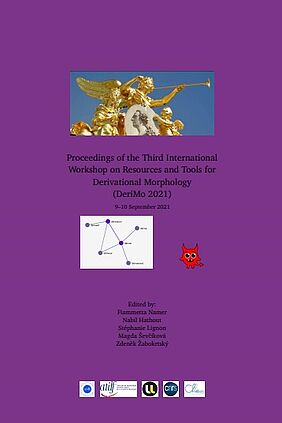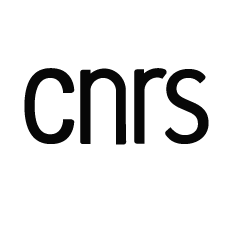Critical analysis of the francophone speech and language therapy rehabilitation resources and tools in derivational morphology.
Parutions
Duboisdindien, G., & Dal, G., (2021) Critical analysis of the francophone speech and language therapy rehabilitation resources and tools in derivational morphology. In F., Namer; N., Hathout; S., Lignon & M., Ševˇcíková Zdenˇek Žabokrtský (Ed.) Proceedings of the Third International Workshop on Resources and Tools for Derivational Morphology (DeriMo 2021). Pp 52-61. Université de Lorraine (Online conference). http://nabil.hathout.free.fr/DeriMo2021/pdf-files/DeriMo-2021.pdf
Auteurs :
Guillaume Duboisdindien
Georgette Dal
Editeurs : F., Namer; N., Hathout; S., Lignon & M., Ševˇcíková Zdenˇek Žabokrtský (Ed.) Publisher/City : ATILF/Nancy
ISBN number: 978-2-9580006-0-8
(image 1 en accompagnement)
Abstract : Context: An increasing number of speech and language pathologists (SLP) tools are being marketed by specialized French-language publishers. Given the clinical focus of these tools, a critical approach to their evaluation is required. The aim of this preliminary study is to identify the main characteristics of the clinical resources designed for derivational morphology used by French-speaking SLPs. Method: A french criterion-referenced and critical analysis grid was developed to collect and analyze data from 15 resources for morphological remediation and/or learning. Results: The corpus of occurrences compiled from the 15 clinical tools is a collection of 8251 entries. The collected structures were automatically filtered and revealed 5134 occurrences of (presumed) complex lexemes. We present in this paper the 10 most frequent lexemes in such tools. The preliminary results of this study indicate that the francophone remedial materials used by SLPs for working on morphology and derivational morphology present weaknesses in their general characteristics, in the typology of the morphological tasks provided, and in the efficacy of the choice of derivational lexemes targeted for remedial treatment.

